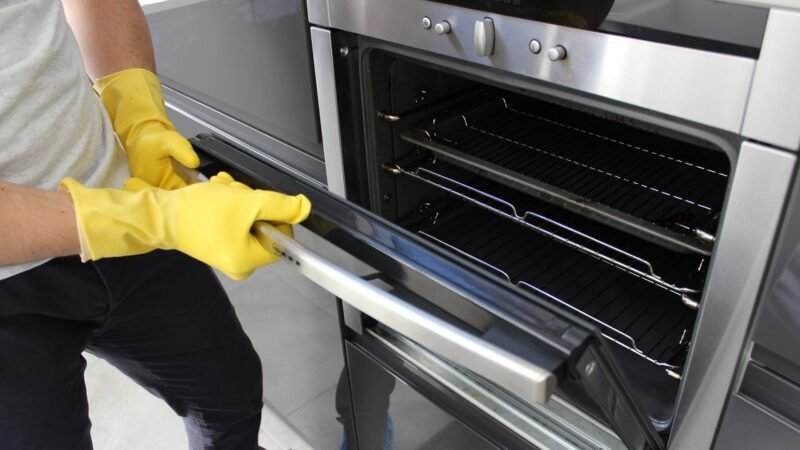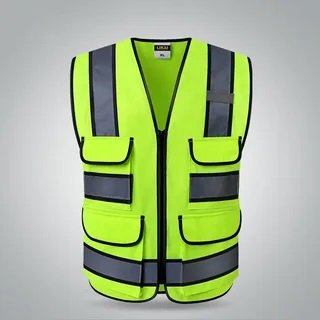Are you curious about Hydraulic Filters System? Well, you've come to the right place! In…
Mastering Performance: PH Stainless Steel Fittings in Hydraulic Applications
In the realm of hydraulic systems, the choice of materials for fittings plays a pivotal role in determining the performance and durability of the entire setup. One material that has gained significant attention for its exceptional properties and benefits is PH stainless steel. This comprehensive guide will delve into the intricacies of PH stainless steel hydraulic fittings, understanding their properties, applications, performance, and maintenance tips. Whether you’re an individual enthusiast or a business looking to enhance your hydraulic systems, this exploration will provide valuable insights into the world of PH stainless steel fittings.
Understanding PH Stainless Steel
PH stainless steel, also known as precipitation-hardening stainless steel, is a specialised type of stainless steel alloy renowned for its exceptional strength and corrosion resistance. What sets PH stainless steel apart is its unique ability to be strengthened through heat treatment, resulting in superior mechanical properties. This makes it an ideal choice for applications where high strength and resistance to corrosion are crucial.
Properties of PH Stainless Steel
The properties of PH stainless steel make it a standout choice for hydraulic fittings. Its high strength, toughness, and corrosion resistance make it suitable for demanding applications. Additionally, PH stainless steel hydraulic fittings exhibits excellent machinability, allowing for intricate and precise fittings to be manufactured, ensuring optimal performance in hydraulic systems.
Advantages of Using PH Stainless Steel in Hydraulic Systems
The advantages of utilising PH stainless steel fittings in hydraulic systems are multifaceted. Firstly, its exceptional strength and resistance to corrosion ensure longevity and reliability in challenging environments. Moreover, the ability to withstand high pressures and temperatures makes it an ideal choice for hydraulic applications where performance under extreme conditions is non-negotiable.
Comparison with Other Materials Used in Hydraulic Fittings
Compared to other materials commonly used in hydraulic fittings, such as carbon steel or brass, PH stainless steel stands out due to its superior corrosion resistance, strength, and durability. This comparison highlights the unique advantages that PH stainless steel brings to hydraulic systems, making it a preferred choice for demanding applications.
Application of PH Stainless Steel Fittings in Hydraulic Systems
PH stainless steel fittings find extensive use in both industrial and commercial settings, where the performance and reliability of hydraulic systems are paramount. From heavy machinery and equipment to precision instruments, the application of PH stainless steel fittings spans across a diverse range of industries, underscoring its versatility and adaptability.
Integration into Various Hydraulic Components
PH stainless steel fittings seamlessly integrate into various components such as pumps, valves, cylinders, and more in hydraulic systems. This versatility allows for constructing robust and efficient hydraulic systems that can withstand the rigours of demanding applications, contributing to overall operational excellence.
Performance and Durability
The resilience of PH stainless steel fittings to corrosion and wear is a key factor in ensuring long-term performance and durability. This resistance translates to reduced maintenance requirements and prolonged service life, ultimately contributing to cost savings and enhanced operational efficiency.
Longevity and Maintenance Benefits
PH stainless steel fittings’ longevity and maintenance benefits are significant contributors to their widespread adoption in hydraulic systems. The minimal maintenance requirements and extended service life translate to reduced downtime and maintenance costs, making them a cost-effective choice in the long run.
Impact on Overall System Efficiency and Reliability
The integration of PH stainless steel fittings directly impacts the overall efficiency and reliability of hydraulic systems. By mitigating the risks of corrosion and failure, these fittings contribute to uninterrupted operation and enhanced safety, essential factors in critical applications.
Installation and Maintenance Tips for PH Stainless Steel Fittings
Proper installation procedures and maintenance techniques are crucial in maximising the benefits of PH stainless steel fittings in hydraulic systems. Adhering to best practices during installation and implementing appropriate maintenance protocols ensures optimal performance and longevity of the fittings.
Best Practices for Installation Procedures
When installing PH stainless steel fittings, it is essential to follow recommended procedures to ensure a secure and leak-free connection. This includes proper cleaning of components, accurate assembly, and torque specifications to prevent over-tightening or under-tightening, which can compromise the integrity of the fittings.
Proper Maintenance Techniques to Maximise Longevity
Maintaining PH stainless steel fittings involves periodic inspection for signs of wear, corrosion, or damage. Implementing preventive maintenance measures such as regular cleaning, lubrication, and system parameter monitoring ensures the fittings’ continued reliability and performance.
Examples of Successful Use in Different Industries
In the aerospace industry, PH stainless steel fittings are integral components in hydraulic systems, where reliability and performance are mission-critical. Similarly, using PH stainless steel fittings in the automotive sector ensures the precision and durability required for modern vehicle hydraulic systems. These examples underscore PH stainless steel fittings’ broad applicability and effectiveness across industries. Testimonials from Users Regarding Performance, Durability, and Cost-effectiveness User testimonials provide valuable insights into the real-world performance of PH stainless steel fittings. From improved system reliability to reduced maintenance costs, users consistently praise PH stainless steel fittings’ longevity, durability, and cost-effectiveness, solidifying their reputation as a superior choice for hydraulic applications. Conclusion In conclusion, using PH stainless steel fittings in hydraulic applications offers myriad benefits, ranging from exceptional strength and corrosion resistance to long-term reliability and cost-effectiveness. The comprehensive understanding of PH stainless steel properties, applications, and maintenance tips presented in this guide equips individuals and businesses with the knowledge to make informed decisions regarding hydraulic system enhancements. Call-to-action for Readers As you consider optimising your hydraulic systems, we encourage you to explore the advantages of integrating PH stainless steel fittings. By choosing PH stainless steel, you are investing in your hydraulic systems’ longevity, performance, and reliability, ensuring operational excellence in the face of demanding applications. In closing, mastering performance in hydraulic applications begins with choosing superior materials such as PH stainless steel fittings, setting the stage for uncompromising reliability and efficiency. In this blog post, we’ve explored the significance and advantages of using PH stainless steel hydraulic fittings in various applications, catering to individuals and businesses looking to enhance the performance and durability of their hydraulic systems. Search for stainless steel parts from Austfluid Link Asia Pacific, a reliable provider that handles your applications. Whether you’re seeking to upgrade existing systems or embark on new hydraulic projects, the insights and recommendations provided here serve as a valuable resource for harnessing the potential of PH stainless steel fittings in hydraulic applications.













